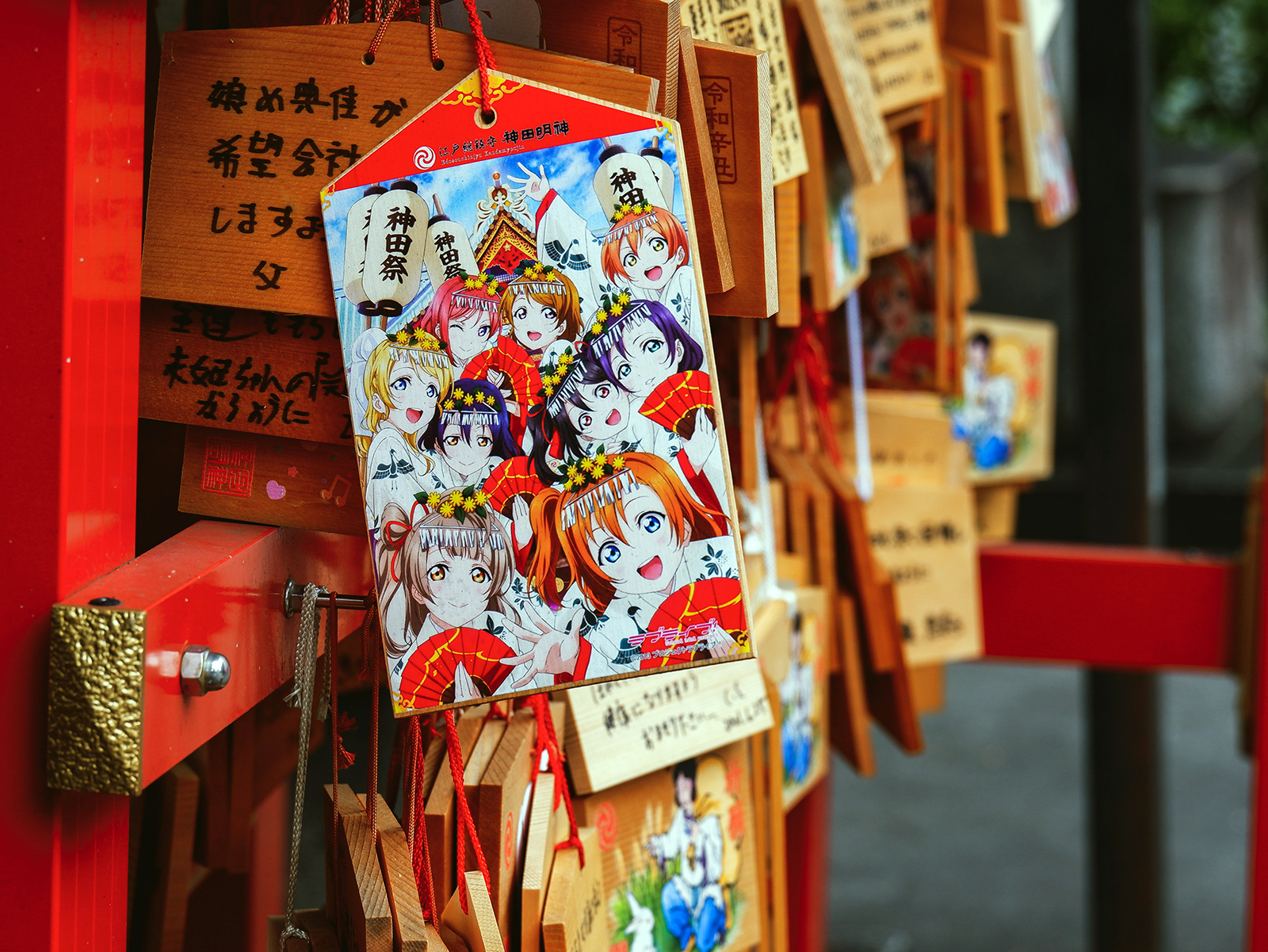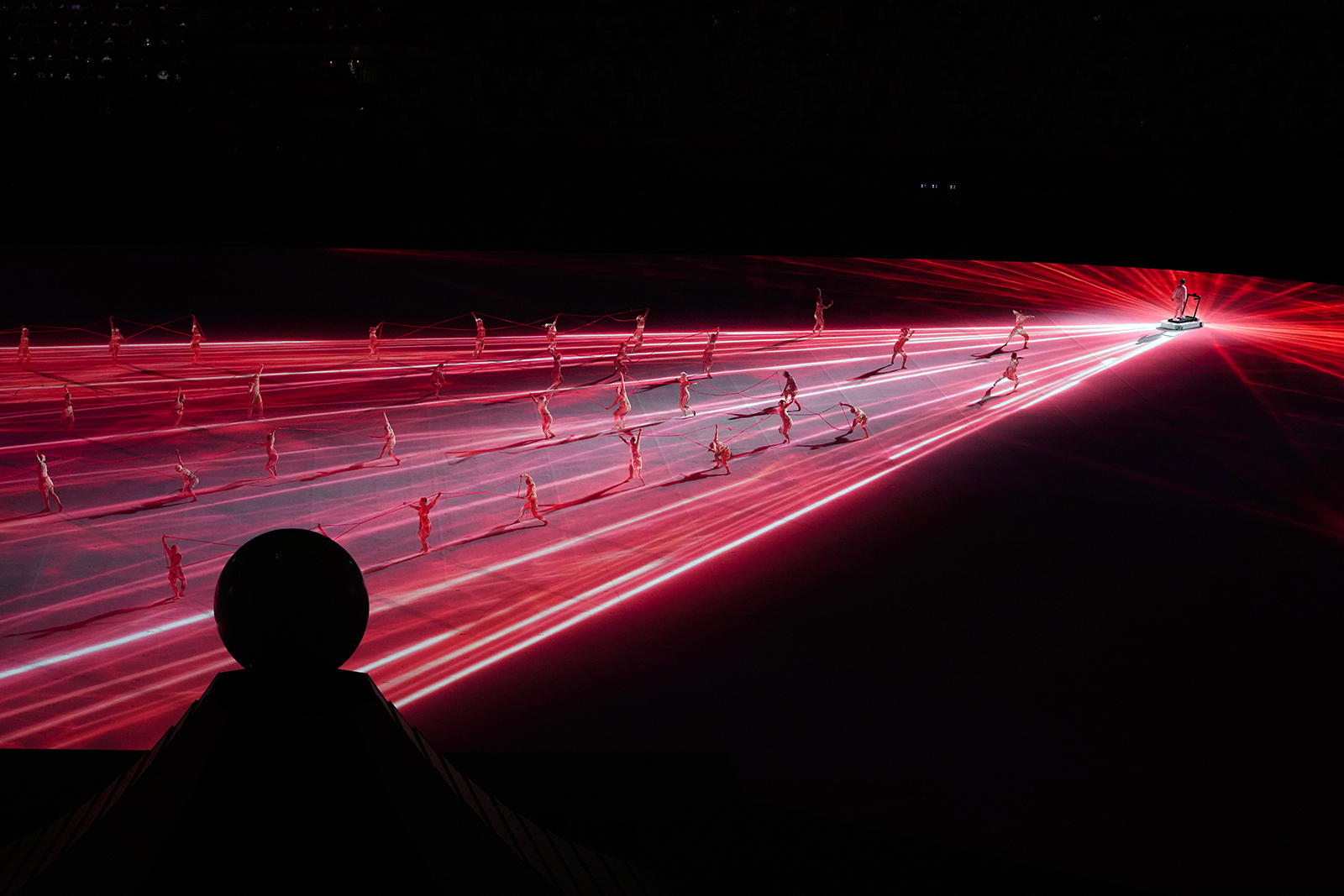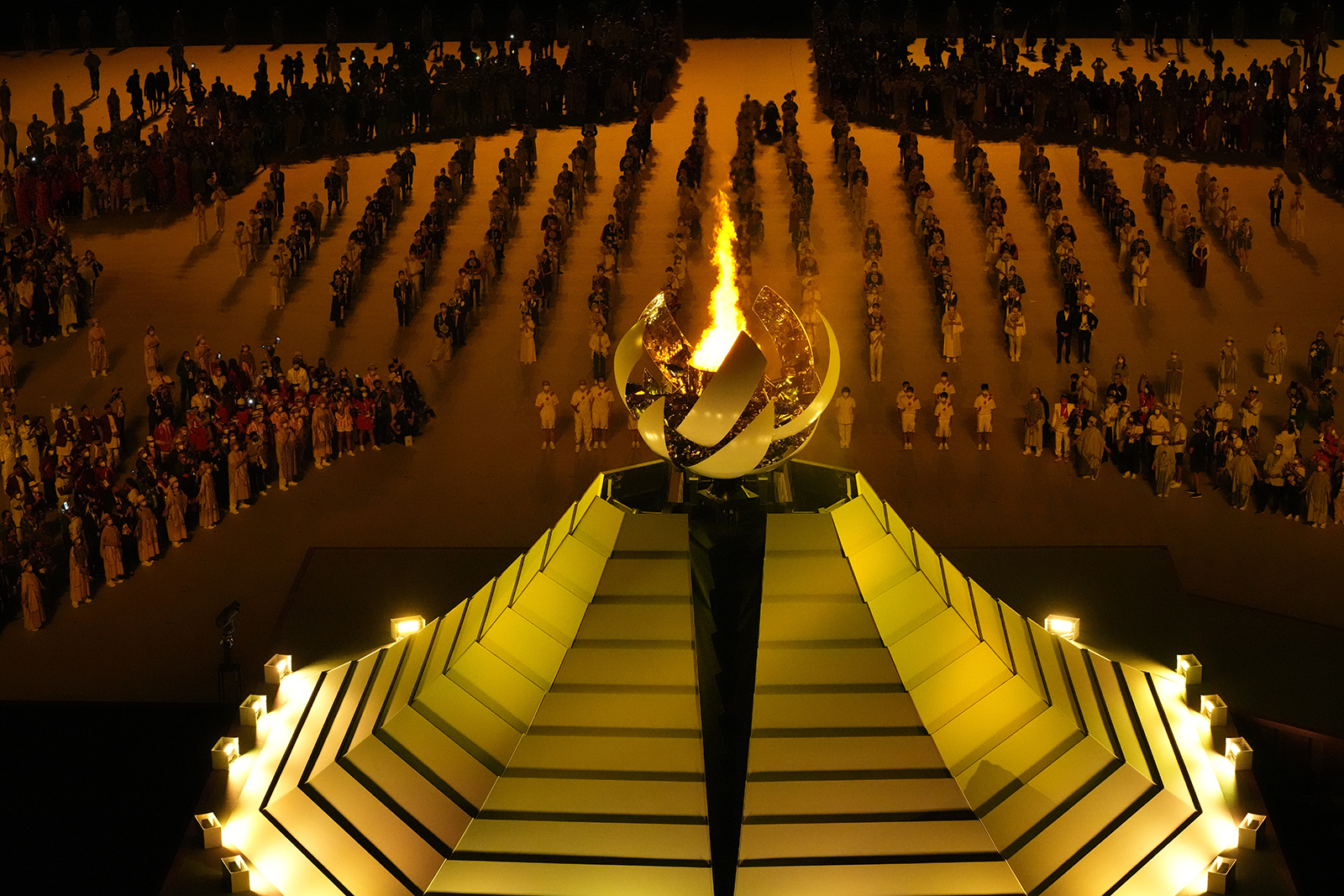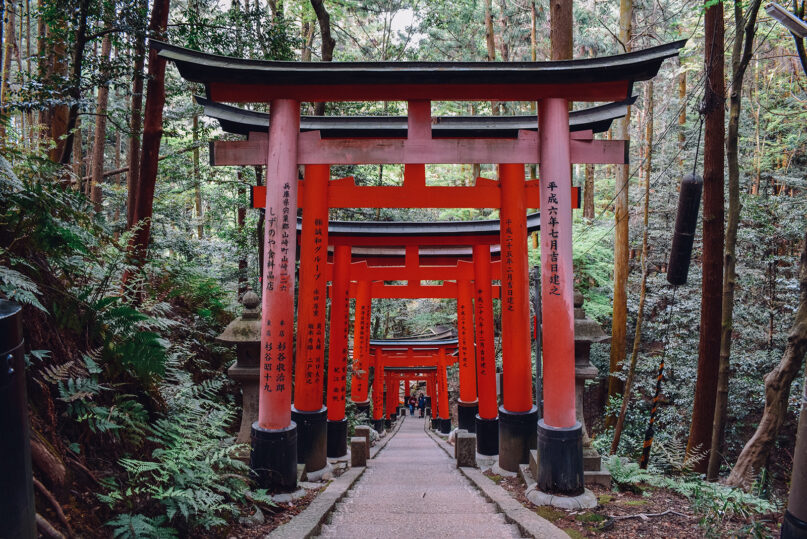(RNS) — The lighting of an eternal flame, the spiritual aura of heroism and triumph, the parades at once boisterous and solemn: The Olympic rituals that stir our hearts each time the Games roll around all take their inspiration from pagan Greek religious life, as interpreted by the classics-besotted Europeans who revived the event in the late 19th century.
Over the next two weeks of the Tokyo Olympics, Greek pagan pageantry will make a temporary place in a culture that has its own deep sense of myth and magic. How the two compare has become a point of fascination among scholars and practitioners of modern Western paganism.
Witches dominate Japanese pop culture, particularly in comic books and animated movies aimed at teens. The manga series “Liselotte and Witch’s Forest” and the television show “Little Witch Academia” are hugely popular. Some, such as the films of Hayao Miyazaki (“Kiki’s Delivery Service”) have become favorites in the West as well.
RELATED: At Tokyo Olympics, even faith events look different as COVID spikes. Here’s how.
To most Japanese, however, witches are not real, and those who do identify as witches are often disregarded as “weird,” explained Eriko Kawanishi, an anthropologist and lecturer at the Professional Institute of International Fashion.
Kawanishi has spent the last four years studying the practice of modern, Western-based paganism, witchcraft and Wicca in Japan. She says that, while paganism is noticeably on the rise in the U.S. and other Western nations, it does not have the same presence in her country.
The main reason for this, according to Kawanishi, is the powerful presence of Shinto.

A prayer plaque with anime characters hangs at the Kanda Shinto Shrine in Tokyo on July 1, 2021. Photo by Susann Schuster/Unsplash/Creative Commons
Shinto is the country’s dominant faith, followed by Buddhism. Christianity and other religions make up a small percentage of the population. According to Pew Forum, 57% of the population practices Shinto, and 36.2% identify as Buddhist. Only 1.2% are Christian.
“Paganism resonates a lot with people in the U.S. and U.K. because they feel it is a link to a pre-Christian religion of their ancestors,” said Megan Manson, a British pagan and Japanese scholar, who adopted Shinto while living in Japan.
“Paganism is often linked to a rejection of Christianity,” said Manson. “Japan was never Christianized.”
RELATED: Paganism, gods and goddesses aside, is the most LGBTQ-affirming faith in the US
So while Western pagans often have abandoned their birth religion for a nature-based tradition informed by magic and ancient practice, the Japanese have Shinto. “Shinto worship trees, rocks and rivers. (Buddhists) worship ancestors. That is enough,” speculates Kawanishi. They don’t need to look further.
Buddhism arrived in the sixth century A.D. and Christian missionaries arrived in the 16th century. Western occultism and Wicca are latecomers by comparison, not being introduced until the 1980s and 1990s, respectively.
But Shinto and modern paganism have many commonalities, Manson noted: Both are orthopraxic — focusing on practice and not doctrine. They are also largely animist, with “imminent” deities that live and manifest themselves in the material world of trees and water, rather than monotheistic religions’ transcendent God. Both incorporate mysticism and folk traditions.
Perhaps surprisingly, modern Shinto itself is no older than the Greek-influenced modern Olympics themselves. Though informed by surviving folk traditions, cultural elements and Buddhism, the modern practice of Shinto was first “constructed during the Meiji Restoration of the late 1800s,” Kawanishi explains in her research.

Dancers perform during the opening ceremony in the Olympic Stadium at the 2020 Summer Olympics, July 23, 2021, in Tokyo. (AP Photo/Lee Jin-man)
Of more ancient Japanese religious practices, according to Kawanishi, “no scripture” or evidence has survived. “We don’t know what (the old religion) was,” she said.
But mysticism and magic have always existed in Japanese culture. Visitors to either a Buddhist or Shinto shrine, as an example, can often purchase an omamori amulet, which is displayed at home or worn for protection.
But Kawanishi also believes that a uniquely Japanese worldview factors into an engagement with Western witchcraft.
Most people, even if they identify as Shinto or Buddhist, don’t consider themselves religious. Shinto is not expressed as a belief per se but as a way of life. The term literally means “way of the gods.”
While the Japanese word for Christianity, Kiristokyo, literally means “Christ teaching,” Shinto or Shintou means “way.” It is the same suffix used in judo (juudou, the “gentle way”) and Sado, or tea ceremony (sadou, the “tea way”), explains Manson.
She adds, “This word ‘way’ reflects that this is about how you do things, a way of life.” The practice of Shinto is as much or more about tradition, customs and culture as it is about worship and deity, making it adaptable and syncretic.
This concept is what informs the practice of Western witchcraft in Japan. According to Kawanishi’s research, Japanese witches rarely convert to a new religion, but rather adopt aspects of Western paganism to fit with their current lifestyle, beliefs, traditions and spirituality.

The Olympic flame burns during the opening ceremony in the Olympic Stadium at the 2020 Summer Olympics, July 23, 2021, in Tokyo. (AP Photo/Lee Jin-man)
One practitioner Kawanishi spent time with, Lumi Tanizaki, created a blended tradition that incorporates both Western occultism and Japanese folk culture. Tanizaki “chose Old Shinto and ‘Jomon faith’” for her inspiration in reconstructing a pre-Buddhist Japanese pagan spiritual tradition, explained Kawanishi.
Tanizaki saw an analogy between the Celts in Europe and the Jomon in Japan, Kawanishi records in her research. That connection informed the development of her tradition. The indigenous people of Hokkaido (Ainu) are considered to be descendants of the Jomon; however, Tanizaki doesn’t think they “want to be approached from the perspective of modern witches.” She remains respectful.
Not everyone who identifies as a witch is practicing witchcraft or Western paganism.
RELATED: Author Kristen J. Sollée takes a journey to the ‘witchy history places’
The population is small but dedicated, blending Western teachings with Japanese folk culture, religion, spirituality and lore. Metaphysical shops, like the one owned by Tanizaki, dot the landscape, and witchcraft books are now being written by Japanese practitioners, such as “Witches and Magic” by international astrologer Ryūji Kagami.
Those seeking out Western witchcraft and Wicca are not looking for something religious, said Kawanishi. They are looking for spiritual freedom without community and formal ritual. They are seeking inspiration and a personal path.
In the end, Kawanishi said, “Being a fan of anime is much more popular than practicing Western witchcraft. I think for many Japanese, Western paganism is too foreign.”





